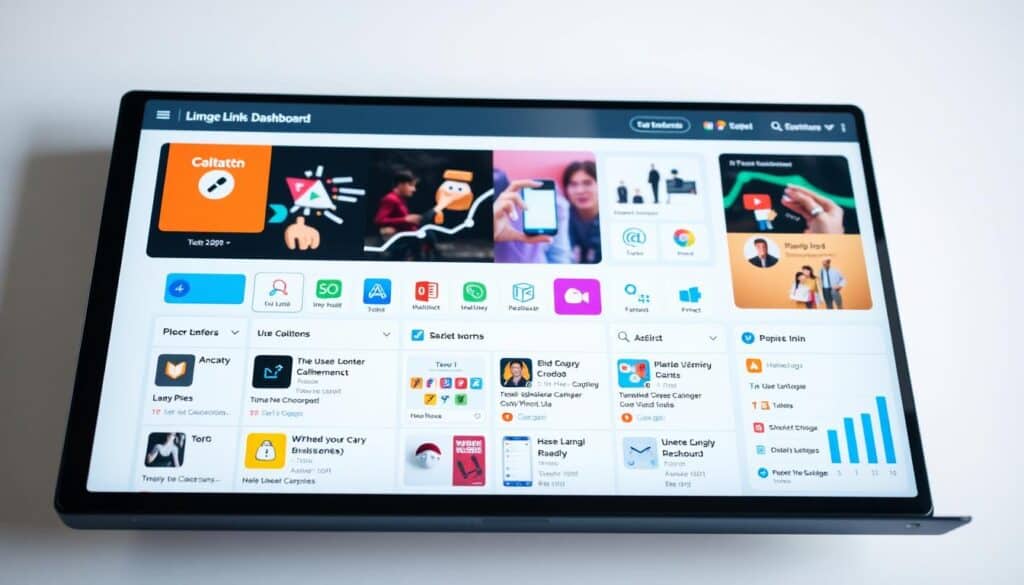Collecting Addresses Through a Address Collection Site
Addresses to collect during the COVID epidemic can be a daunting and time-consuming job. A centralized list will make the process of collecting addresses for weddings or events much easier.
Create a website using your own URL. Share this link with your family and friends to ask for their mailing addresses, birthday info and phone numbers. Your new website will save all of this information for you without charge, limitation, or hassle!
Collecting Addresses
The process of collecting addresses for weddings is crucial. It can be accomplished in a variety of ways, both electronically and traditionally. The most efficient method to collect and organize addresses is to use a website that can help you with this process. These websites are simple to use and you can share them with your family and friends so that they can include their details online. You can download your data at any time in a CSV or spreadsheet. These sites are often free to use and will never sell your address details or keep it in any database.
One of the most sought-after digital options is a site known as Mailbook. The site allows couples to collect and compile all the details they require to create their invitations. After signing up for a free account, you will receive an unique link that can be shared via text message, Facebook or email. The link will ask users to input their email address and then save it in your personal contact list. The service provides a variety of features that can simplify the wedding planning process for couples.

Apps for smartphones and tablets are another alternative to collect and organize addresses. These apps are a great way to keep on top of the addresses and names of your loved ones. They also can be used to make customized envelopes and labels to mail invitations or thank you cards. Most of these apps are free to download for free and offer many different options that can be useful in any wedding planning process.
There are several ways to collect addresses. Combining digital and manual methods is the best method to ensure that your guests receive an invitation. A centralized list of wedding addresses will not only help you organize your wedding but also allow you to communicate with vendors and complete other tasks that you have on your list.
Mobile Apps
Every mobile phone has an address book app. This is sometimes referred to as "Contacts." The apps also come with other tools that help manage personal information. Some apps offer backup and sync capabilities that allow you to transfer contact information and content between devices. Some offer unique features, such as a social compass which alerts friends of one another's presence or a caller identification feature that allows users exchange contact information in a single click.
CircleBack (Freeand iOS) helps eliminate duplicate entries and improve the information about contacts by automatically combining new data from social media accounts. The app can also detect the absence of information, such as job titles and notify users when a contact is updated on another device.
Stat Trak Address Book is an easy software application that allows you to store contact information as well as print address books and labels. Its customizable features allow you to store additional information in notes and group information into categories. The software lets you remember contacts using their first or last names and provides birthday reminders. 주소모음 can also analyze data and create detailed reports, reducing time by automating some tasks. The software provides multiple printing options for envelopes and address labels with a template option to create your own designs.
Manual Methods
Addresses are an essential element of information that is used for administrative purposes, emergency response research and development, mapping, GIS, and routing and navigation. Addresses are collected by local authorities in the thousands and are stored in numerous databases and records. They can be used for different purposes. They are difficult to integrate into central databases because of the different formats and kinds of data. Software software can analyze and standardize this information clearing errors and duplicate entries, and ensuring that data is accurate and complete.
These programs are built on algorithms that make use of complex structures and databases such as GeoPostcodes to test the quality of addresses and provide an evaluation report of the data's consistency and validity. The data is then incorporated into the CSDGM in order to create one file. The program also allows comparison of the data with databases that are authoritative to confirm its accuracy as well as the current status.
While these programs can provide useful functions however, they can be costly to set up and maintain. This makes them difficult to implement for large companies or for the public to use and access. They are also susceptible to errors or bugs, which could result in inconsistent or incomplete data.
There are many existing standards that support address-related metadata, such as the Content Standard for Digital Geospatial Metadata (CSDGM) as well as the OpenGIS Simple Features Specification For SQL Revision 1.1, and the Geographic Information Data Model (OGDM). The OGC has several other standards that are primarily focused on address data. However, they do not consider the quality of information or report.
The OGC has three standards, ISO 19113, 19114, and SDTS, which are more focused on the specifics of describing and transmitting data with an address component. These standards include content testing for different applications of this type of metadata and methods for evaluating the quality of the data.
A database is the most common method of storing and storing address information. It can be as simple an excel spreadsheet as well as data structures and tables. It is a very flexible and widely used tool but it can be challenging to create and manage, particularly in large organizations that have many users.
